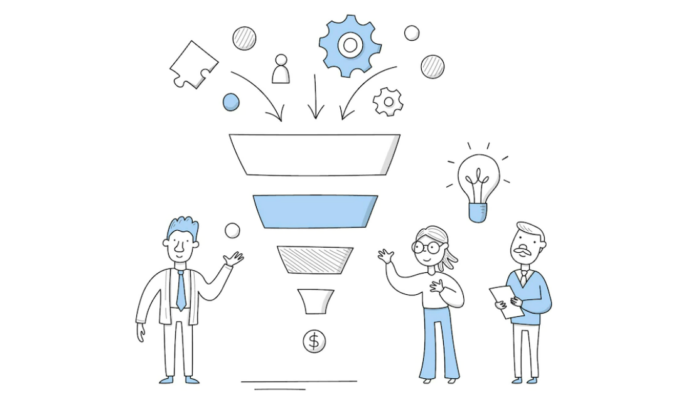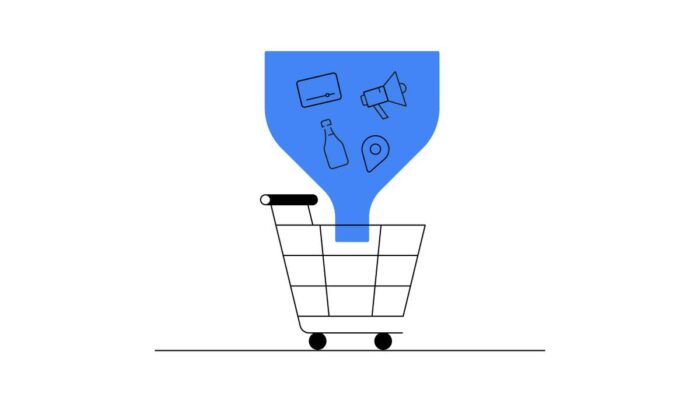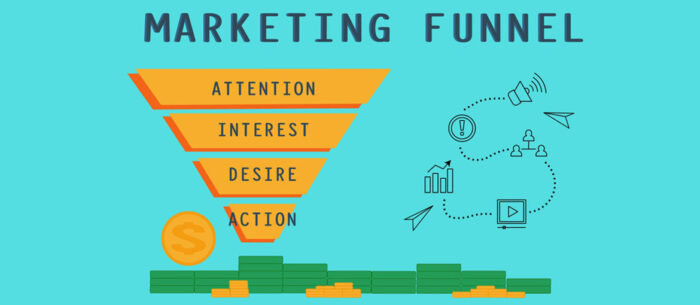
In today’s digital age, businesses of all sizes are using funnels as a way to efficiently and effectively attract, convert, and retain customers. A funnel is a visual representation of a customer’s journey through the different stages of the buying process, from awareness to purchase. By creating a defined path for potential customers to follow, businesses can increase their chances of converting leads into paying customers.
The purpose of this case study is to compare the results of two different funnel strategies and provide insights into which strategy is more effective. We will be looking at key metrics such as conversion rates, revenue, and customer acquisition costs for each funnel strategy. The case study will provide a real-world example of how different funnel strategies can impact a business’s bottom line. By understanding the results of this case study, businesses can make more informed decisions about which funnel strategies to use in their own marketing efforts.
In this article, we will be discussing the background of the two funnels, the methodology used to set up and implement the funnels, the results, analysis, recommendations, and conclusion of the case study, and additional resources for the readers to learn more about the topic. In the end, the goal is to help businesses identify the most effective funnel strategy for their specific industry, target audience, and business objectives. You can create funnel templates using online tools or build it up from scratch if you have this time and skills.
A brief overview of the two different funnel strategies

The two different funnel strategies being compared in this case study are a traditional funnel and a content-based funnel. The traditional funnel is a more conventional approach that focuses on attracting potential customers through paid advertising and then guiding them through a series of steps, such as filling out a form or making a purchase. This approach is often used in industries where the buying process is straightforward, and the customer is ready to make a purchase.
The content-based funnel, on the other hand, focuses on providing valuable content that educates and informs potential customers, with the goal of building trust and authority. This approach is often used in industries where the buying process is more complex, and customers need more information before making a purchase. The business we are using as an example is a software company that sells a project management tool. They offer a free trial of the software and then convert the leads into paying customers. This industry falls under the category of SaaS (Software as a Service), and the buying process is more complex and needs more research before making the purchase.
A detailed explanation of the approach used to set up and implement the funnels
To set up and implement the traditional funnel, we used paid advertising on Google and social media platforms to drive traffic to a landing page. The landing page included a form for visitors to fill out in order to access a free trial of the software. From there, we used email marketing to nurture leads and guide them through the purchase process. We used a combination of retargeting ads and email marketing to remind leads about the free trial and the benefits of the software. We also used A/B testing on key elements of the funnel, such as the ad copy, landing page design, and email content, to optimize conversion rates.
For the content-based funnel, we created a blog and a series of educational videos and whitepapers to provide valuable information about the software and the industry. We used SEO techniques to increase the visibility of our content and attract organic traffic to the website. From there, we used lead magnets such as e-books and webinars to capture lead information and nurture them through the buying process. We also used retargeting ads to remind leads about our content and the benefits of the software.
Analysis: Discussion of the reasons for any significant differences in performance between the two funnels

After analysing the results, it was clear that the traditional funnel had a higher conversion rate and generated more revenue in the short term. This was likely due to the immediate call-to-action on the landing page and the use of retargeting ads to remind leads about the free trial. However, the content-based funnel generated more organic traffic and had a lower cost per acquisition. This suggests that the content-based funnel was more effective at building trust and authority with leads, resulting in a higher lifetime value for customers. You can make data driven analysis for funnel strategies using comparison slides.
One of the key takeaways from this case study is the importance of understanding your target audience and their buying journey. For industries where the buying process is more complex and customers need more information, a content-based funnel can be more effective in the long term. However, for industries where the buying process is more straightforward, a traditional funnel can be more effective in the short term. Another important insight is that it is possible to combine the two strategies and use them together. For example, using retargeting ads to remind leads about the free trial can be done after they have been through the content-based funnel.

Conclusion
The case study comparing the traditional funnel and the content-based funnel has shown that both strategies have their own advantages and disadvantages. The traditional funnel had a higher conversion rate and generated more revenue in the short term, while the content-based funnel generated more organic traffic and had a lower cost per acquisition. This suggests that the content-based funnel is more effective in the long term in terms of building trust and authority with leads and generating a higher lifetime value for customers.
It is important for businesses to understand their target audience and their buying journey in order to choose the right funnel strategy. A combination of both strategies can also be used together, where the traditional funnel is used to convert leads in the short term, and the content-based funnel is used to nurture leads and generate organic traffic in the long term.
Overall, this case study highlights the importance of experimenting and testing different funnel strategies to find the most effective approach for a particular business and industry. By understanding the results of this case study, businesses can make more informed decisions about which funnel strategies to use in their own marketing efforts. You can receive more details about other project management tools here.











